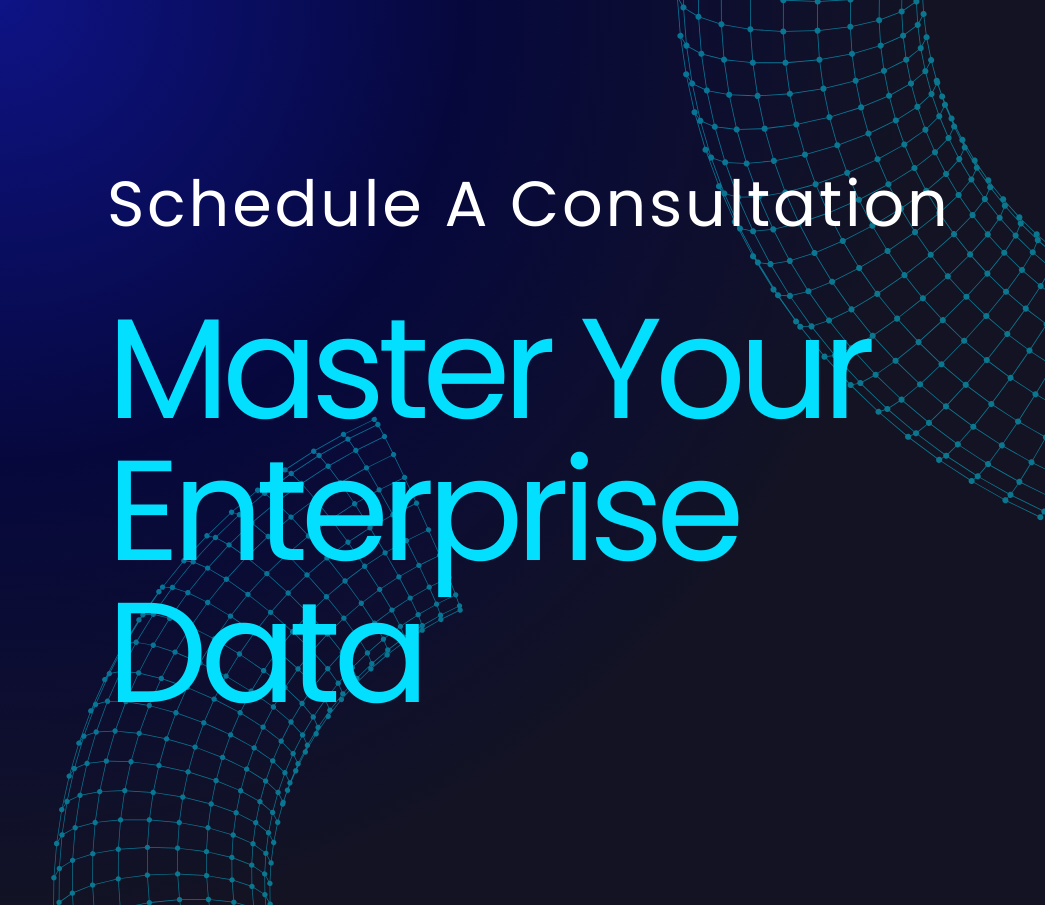In the realm of global business intelligence, a quiet revolution is brewing. It’s not about collecting more data—we’re drowning in that already. The real game-changer? Advanced data visualization. Imagine a world where complex global metrics are as easy to grasp as your favorite infographic. That’s not just a pipe dream; it’s the new reality for forward-thinking enterprises.
- The Visualization Revolution in Global Reporting
- The Technical Backbone: From Data Silos to Visual Symphony
- From Global to Local: Navigating Cultural Nuances in Data Visualization
- The Human Element: Fostering Data Literacy in a Visual World
- The Road Ahead: Emerging Trends in Global Data Visualization
- Challenges and Limitations: The Other Side of the Coin
The key point is: most organizations are still stuck in the dark ages of spreadsheets and static charts. They’re like cartographers using stick figures to map the globe. In an era where decisions need to be made at the speed of thought, this antiquated approach isn’t just inefficient—it’s downright dangerous.
Advanced visualization isn’t just about making data look good. It’s about making it work harder. It’s the difference between seeing a snapshot and watching a movie. Static reports tell you where you’ve been; dynamic visualizations show you where you’re going—and more importantly, why.
Consider this: according to a study by the Aberdeen Group, organizations using visual data discovery tools are 28% more likely to find timely information than those still relying on traditional business intelligence tools. That’s not just an incremental improvement; it’s a quantum leap in decision-making capability.
The impact on organizational culture can’t be overstated. When data becomes accessible and engaging, it democratizes decision-making. It breaks down silos between departments and regions. Suddenly, everyone’s speaking the same visual language.
Overview
- Advanced data visualization transforms complex global data into actionable insights, significantly improving decision-making speed and accuracy.
- Successful implementation requires a shift in organizational culture, emphasizing data literacy and democratizing access to information.
- Cultural nuances play a crucial role in global visualization platforms, necessitating adaptive interfaces that cater to diverse interpretations and preferences.
- Emerging trends like augmented analytics, VR/AR integration, and real-time streaming visualizations are set to revolutionize how we interact with data.
- While powerful, advanced visualization tools come with challenges including data quality issues, potential for misinterpretation, and ethical considerations that must be actively addressed.


















